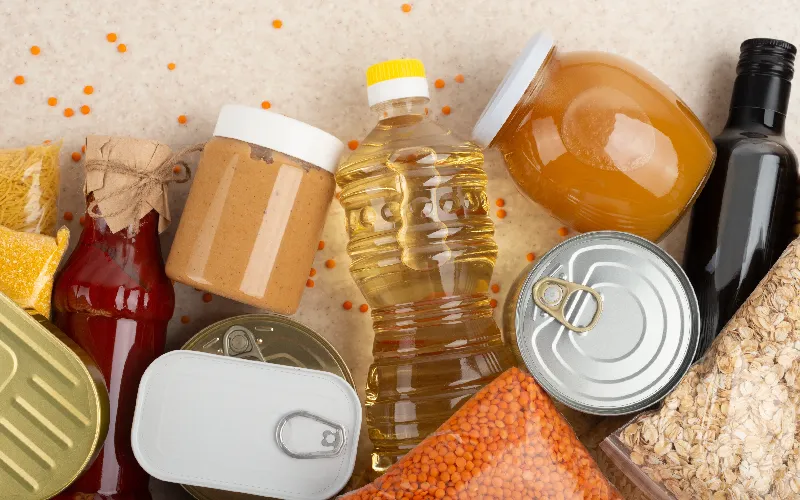How many opportunities can perishable food offer in the food industry? These products, especially fruits, vegetables, and dairy products, represent an essential source of nutrients and unique flavors. However, their handling and processing require special care, so how can they be treated to preserve both their properties and quality?
Perishable food: these are its advantages!
These products, due to their biological nature and composition, are susceptible to changes during storage and distribution. Because of these particularities, companies must ensure specific conditions to preserve them properly (Kumar et al., 2017).
Among the most significant advantages of having these foods are the following:
- They are highly nutritious, rich in essential vitamins and minerals.
- They provide fresh and natural flavors that are highly appreciated by consumers.
- They allow the creation of unique and seasonal products.
How to treat this type of food
Products of this type require a series of interventions throughout the food supply chain; from the initial production stage to the consumer’s plate (Arriaga et al., 2023).
Its use in industry requires careful handling from the beginning. Therefore, some aspects to consider are the following:
- Select fresh, high-quality fruits.
- Storing them correctly; often in cold temperatures to delay ripening and spoilage.
- According to temperatures, the cold chain stands out as an essential tool in the industry; this, is because it generates ideal conditions for food intended for human consumption (Arriaga et al., 2023).
- A crucial procedure is washing and preparation. Such foods must be properly washed to eliminate any possible contaminants. In this task, unwanted parts, such as seeds or skin, can also be removed, depending on the final product to be obtained.
- Processing must be carried out precisely and according to handling standards. It must be done in a timely manner to maintain the freshness and flavor of the fruit.
On the other hand, current technological interventions play a crucial role in the optimization and handling of perishable food; thus, ensuring that it maintains its high quality for a more extended period. In turn, pressure processing technologies represent key applications in the supply chain (Haji et al., 2020).
These are used to preserve the current state and improve the shelf life of perishable food. In other words, they are Foodtech (Food Technology) alternatives that preserve and enhance the nutritional values of such products.
Final recommendations
In addressing the handling of these foods, we want to emphasize the importance of following recommended practices. Maintaining proper care throughout the supply chain will not only ensure product quality and safety, but also optimize production and minimize waste. For all these reasons, working with perishable food in the food industry is an investment of time and effort that pays off. Despite encountering many challenges, the rewards are significant. These range from healthier and more delicious production to contributing to a more favorable ecological environment.
Bibliographic references
- Arriaga, P., et al. (2023). Cold chain relevance in the food safety of perishable products. Foods and Raw Materials, 116-128.
- Haji , M., et al. (2020). Roles of Technology in Improving Perishable Food Supply Chains. Logistics.
- Kumar, V., et al. (2017). Perishable and non-perishable food products roles in environment- A review. South Asian J. Food Technol. Environ, 465-472.






